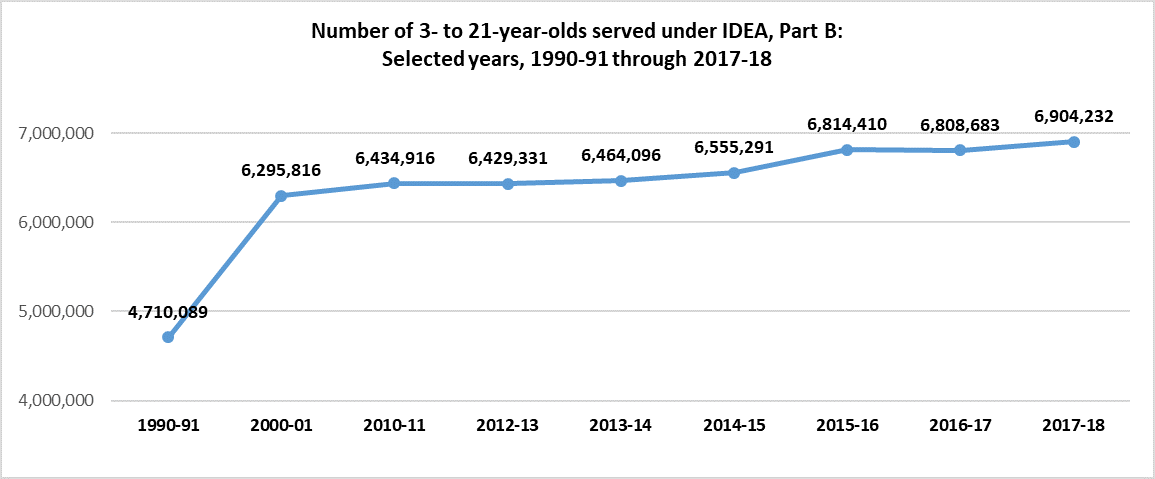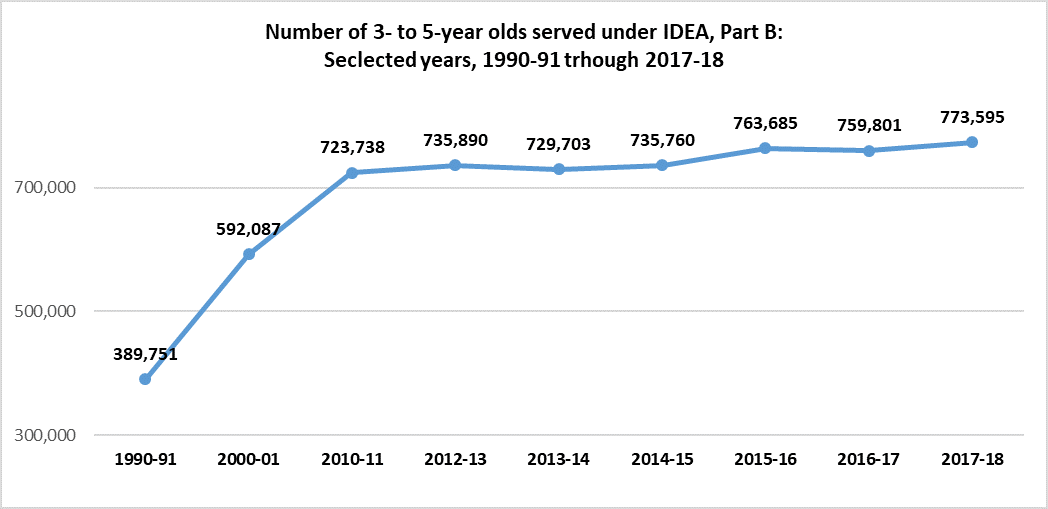In 1993, “Educating Peter,” a 30-minute film, won the Academy Award for Documentary Short Subject. The film is about Peter, a young boy with Down syndrome, who attended a regular classroom in a public elementary school in Blacksburg, Virginia. Thousands of children with special needs like Peter have been educated in public K-12 schools since the 1990s, an endeavor that still challenges schools, teachers and classmates.
The Individuals with Disabilities Education Act (IDEA) is a U.S. law that ensures students with disabilities are provided with Free Appropriate Public Education (FAPE). FAPE requires that the education of students with disabilities be tailored to the individual needs of each student.
IDEA consists of four parts:
- Part A covers the general provisions of the law
- Part B covers assistance for education of all children with disabilities
- Part C covers infants and toddlers with disabilities, including children from birth to age three
- Part D consists of the national support programs administered at the federal level
How Many Students Participate in Special Education in K-12 Public Schools?
During the 1990-91 school year, approximately 4.7 million students participated in special education programs in K-12 public schools. In 2017-18, approximately 6.9 million students (13.6%) attended special education in K-12 public schools. From 2000 to 2018, the participation rate in special education increased almost 10% (Figure 1).
Figure 1. Students who participated in special education in K-12 public schools

Data source: U.S. Department of Education
How Many Children Participate in Early Special Education in Public Schools?
In 1990-91, only about 390,000 three- to five-year-old children participated in early special education programs. In 2017-18, approximately 774,000 children aged three to five years old attended special education in public schools. This number doubled from 1990 to 2018. In other words, the number of students who participated in early special education increased about 100% (Figure 2).
Figure 2. Children who participated in early special education in public schools

Data source: U.S. Department of Education
How Many Students Participate in Special Education in Private Schools?
Not every child with disabilities attends public school. In 2016, 1.4% of students with disabilities were enrolled by their parents or guardians in regular parochial or other private schools. According to the U.S. Department of Education, these students are classified as parentally placed in private schools. The basic education of these students is paid through private resources and the students receive special education and related services from a local education agency or intermediate educational unit under a service plan at public expense.
In “Educating Peter,” the boy was able to start his first day of school just like other children because of IDEA. It was a very special day for Peter. Despite his disability, he was able to receive education in the “Least Restrictive Environment” with his classmates. At the same time, as Peter’s teacher remarked, “this year [the whole class] has learned to accept a child not exactly like them, [a classmate] who has a disability.”
A fully-funded IDEA is important so that more students can benefit from public education. As the National School Boards Association advocates, “investing in IDEA, a federal flagship formula program designed to help level the education playing field for students with disabilities, is an investment in our nation’s students and their future.”

Share this content